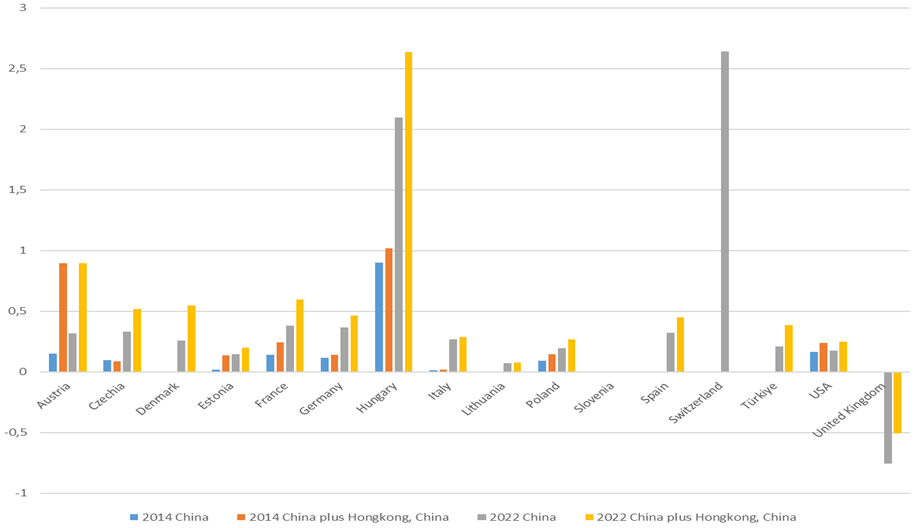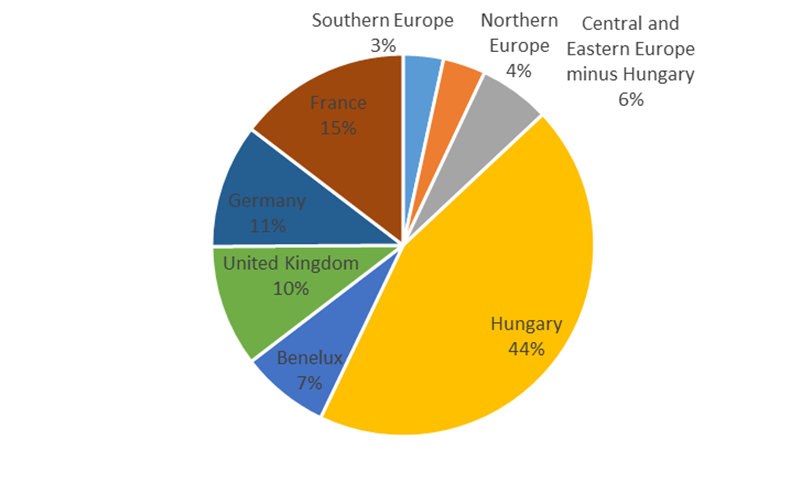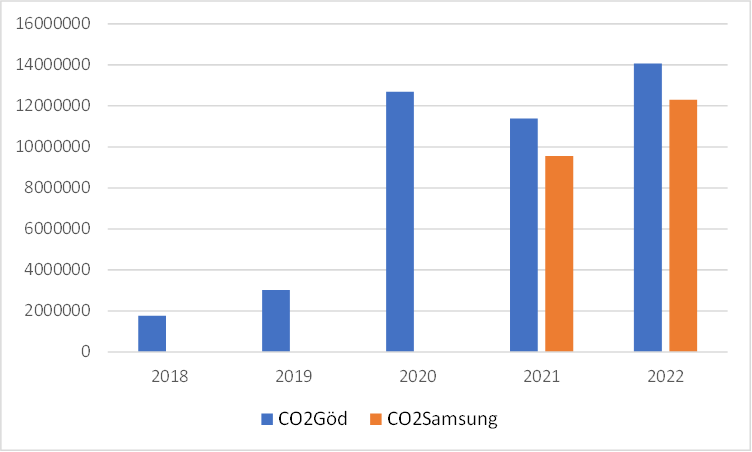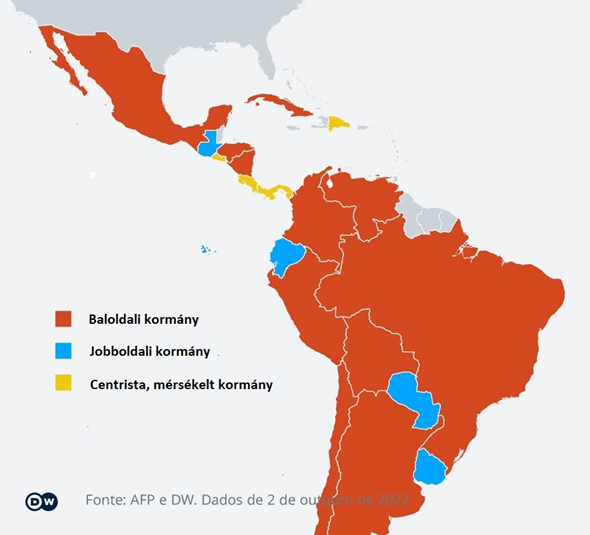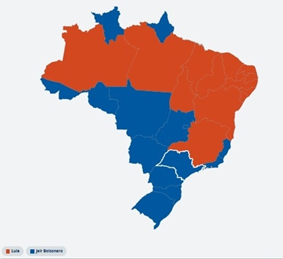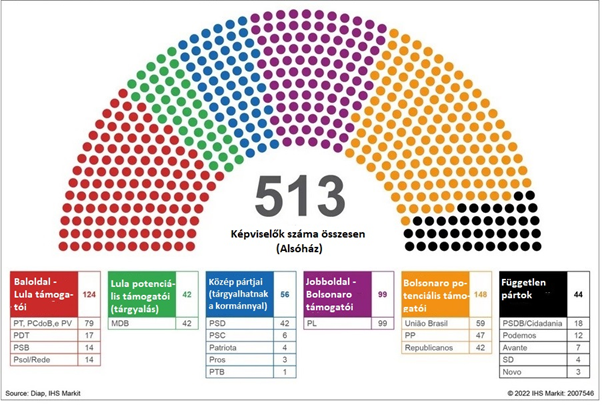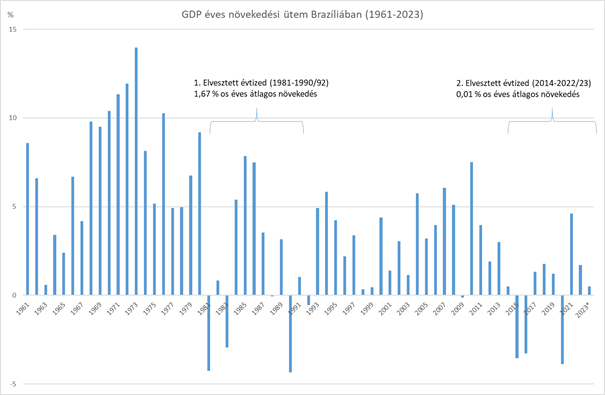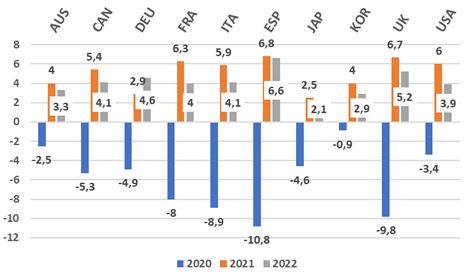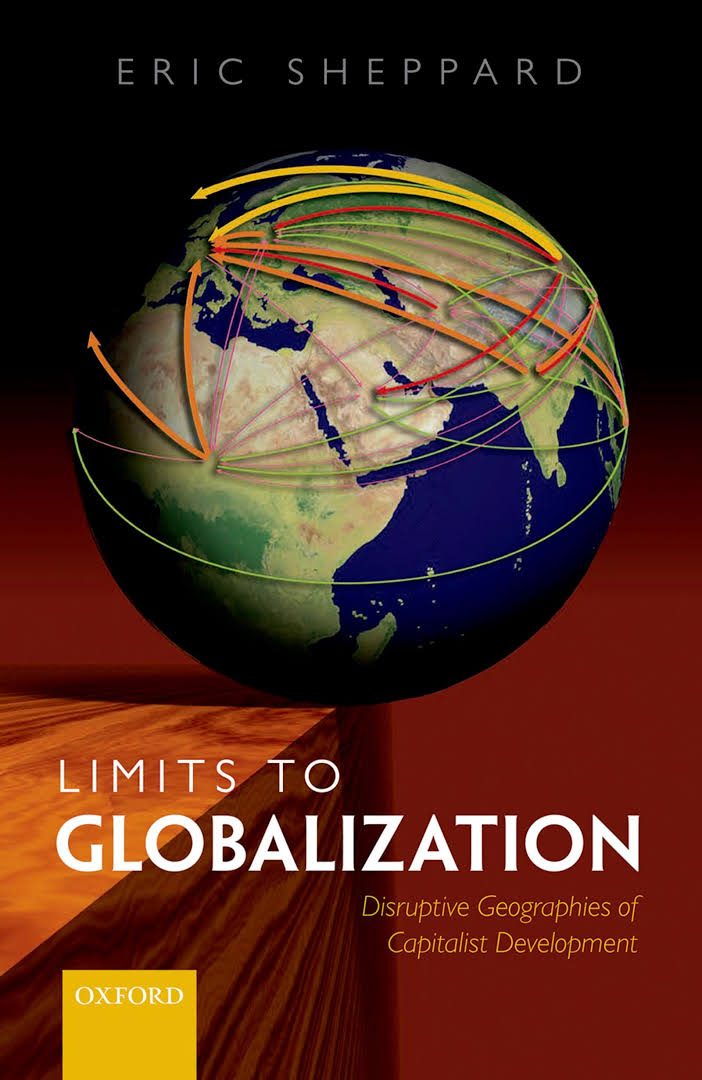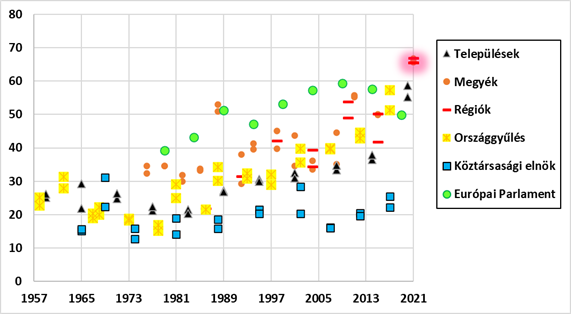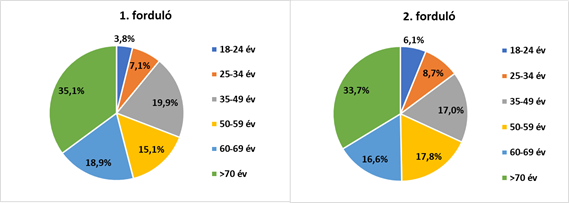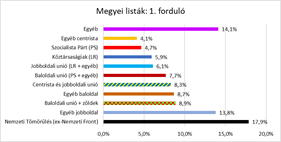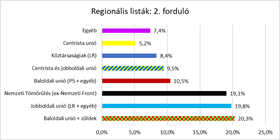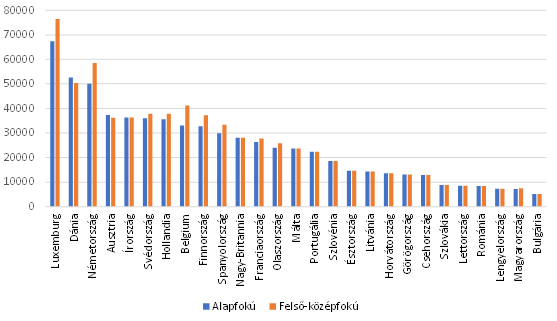The USA almost entirely dresses up from import clothing and shoes. Although the US President has envisaged cheaper products for Americans in the wake of the tariff war, the proposed tariffs are likely to negatively affect those who are already vulnerable. So poorer Americans, and those developing countries with significant clothing production will be effected - and a high proportion of US imports.
On 2 April, the President of the United States of America, Donald Trump, announced that tariffs would be imposed on products imported into the US market as a way to offset the US trade deficit. As things stand, the basic tariffs came into force on 5 April, followed by additional tariffs on 9 April. However, on the 9th, he also announced the suspension of the tariffs for 90 days against countries whose representatives had been approached and had not taken countermeasures. Analysts and economists have widely disputed the positive impact of the planned tariffs on the US economy and have sounded the alarm that, overall, the planned tariffs will penalize US buyers (and consumers) with higher priced products, pushing the country into recession.
Global value chains: clothing manufacturing is one of the most fragmented
According to the WTO 2023 report, textiles and clothing account for 2 and 4% of total international exports of finished goods: $339 billion and $576 billion respectively. In terms of clothing exports, China is the largest exporter (31% share), followed by the EU (27.1%), Bangladesh (7.9%), Vietnam (6.1%), Turkey (3.5%), India (3.1%), Indonesia (1.7%), Cambodia (1.6%) and Pakistan (1.5%). The United States is the largest importer, so US tariffs will undoubtedly hit those countries hard.
According to the Observatory of Economic Complexity, the US imports $242 billion worth of apparel products in 2023. These include knitted and non-knitted sweaters, women's, men's and children's clothing, along all other textile apparel products. The country imports the most from Asia, especially China, Japan, South Korea and Vietnam, and significant imports also come from Mexico and Canada - Canada and Mexico also export raw materials and textiles to the USA. However, the governments of the countries with the highest tariffs, such as Vietnam, Indonesia, India and Cambodia, have already indicated that they will try to negotiate with Trump and are ready to waive the tariffs previously imposed on US imports. But China, the largest importer, seems to be challenging the announcement and is also taking up arms in the tariff war. On Wednesday, the European Commission also announced countermeasures.
The problem with Trump's original statement and promise, however, is that the US imports 98% of the clothing and 99% of the shoes they use, as Business of Fashion's analysis has shown. So, there will be hardly any clothing products on the US market that are not affected by the newly announced tariffs. And the proposed tariffs will affect dozens of countries with which the US has a trade deficit - many of them developing countries whose clothing exports (and employment) account for a significant percentage of their total exports.
|
Country |
Planned tariffs (%) |
Export of garments to the USA (in million $) |
|
China |
34->125 |
34 717 |
|
European Union |
20 |
5 297 |
|
Vietnam |
46 |
n.d. |
|
Taiwan |
32 |
n.d. |
|
South-Korea |
25 |
279 |
|
India |
26 |
4 867 |
|
Thailand |
36 |
n.d. |
|
Switzerland |
31 |
94 |
|
Malaysia |
24 |
1 190 |
|
Indonesia |
32 |
4 507 |
|
Cambodia |
49 |
2 616 |
|
South-Africa |
30 |
7 |
|
Israel |
17 |
74 |
|
Bangladesh |
37 |
n.d. |
Trump's announcement on 2 April on how much tariffs could hit some countries' clothing exports (Source of planned tariffs: CNN Business, Export data: UN Comtrade, SITC 84 – Category of clothing)
Although the UN Comtrade database does not have data on clothing exports from all the countries concerned for 2023, it can be said that the European Union is still practically the less affected with 20% tariffs. However, while the EU can trade in a good number of other goods and services, Bangladesh's export portfolio is less colorful: apparel is by far the country's largest export (worth $4.89 billion in 2023), with almost half of this imported by the US market. Based on previous export data, Bangladeshi garment manufacturing accounts for about 70% of the country's total export activity.
Although the database does not include data for Bangladesh and Vietnam for 2023, the example of Cambodia shows the vulnerability: the country's total exports in 2023 were $23.7 billion, of which $7.9 billion were garment exports alone. So, garments account for almost 30% of the country's exports, and of these, $2.6 billion, almost half, went to the US market. But the US market is not negligible for China either: of the $164.7 billion, $34.7 billion of clothing products, or about 20%, go to the US market. However, China's role in garment manufacturing has declined over the last 15 years, while countries like Bangladesh and Vietnam have gained in importance.
Apparel exports to the EU from several less developed countries, for example, were boosted by the Everything But Arms agreement, which allowed them to export duty-free to the EU market without quantitative quotas (anything but arms, as the name suggests, although Cambodia was denied this benefit by the EU precisely because of serious human and labor rights abuses in the garment industry). And since the Multi-Fiber Arrangement was abolished in 2005, there are no quantitative quotas on clothing trade - many developing countries have entered the global (clothing) value chains accordingly. The WTO's 'general' rules now govern international trade in clothing. So it is 'thanks' to these that most of the clothing exports from Southeast Asian countries to the US market have increased (also). Although the US has (bilateral) free trade agreements with 20 countries, in the case of the US, the Dominican Republic–Central America Free Trade Agreement (CAFTA-DR) provides for duty-free treatment for textiles and clothing products in both directions. Thanks to this, and the former NAFTA, US apparel companies predominantly trade in the Western Hemisphere when it comes to textiles and apparel products. In 2020, only a little over 12% of apparel products imported into the US market came under the FTA's ring-fenced tariffs and were subject to relatively high tariffs (compared to other product categories).
Also according to an article published in Business of Fashion 2024 on 6 April, representatives of several Asian manufacturing countries said they had no plans to retaliate against the US tariffs. While it is far from a level playing field in international trade, when many developing and least developed countries are dominated by low value-added assembly activities in their economies, and a significant proportion of those employed in the industry make their living from the relatively cheap, easy and quick to 'upscale' garment industry. And the decades of cheap supplies to the huge US market are incomparable to the size and purchasing power of local, regional markets (the exception being China, of course).
Made in America - at what price?
The announcement did not help the shares of US clothing brands, which have recently become increasingly conglomerated: Nike, Puma, Ralph Lauren, PVH (including Tommy Hilfiger and Calvin Klein), Capri (Michael Kors, Versace, Jimmy Choo) and Tapestry (Coach New York, Kate Spade, Stuart Weitzmann) all saw their share prices plummet. The current heated phase of the tariff war could not have come at a worse time for one of the biggest luxury acquisitions in recent times: the Italian Prada group was due to decide this week to buy Versace, an Italian brand owned by US Capri. According to the Wall Street Journal, the deal could fall through completely, while the Financial Times reported a price cut of €200 million.
At the same time, the US textile and apparel industry outsourced production very early on, and at the same time the local industry almost completely declined: as Magdolna Sass wrote in her earlier article, Trump's advisors also see the outsourcing of production capacity and the relocation of industrial capacity abroad as the reasons behind the decline of US industry and thus the trade deficit. And these leading US fashion brands almost completely outsourced production from the country, mostly already in the 1990s.
And if companies want to cut costs through their foreign suppliers (and it is quite safe to say from past examples that they will want to cut production costs and/or raise prices, which customers will pay), this will lead to a further deterioration of working conditions, which are often exploitative and violate human and labor rights, and which are already very low-margin from the outset. (Although this will not concern Trump or his advisors.) And the few US garment companies that are still in business will not be able to meet the extra demand due to high labor costs, forced payment of duties on raw materials, and lack of capacity if US brands want to produce locally.
According to the Bureau of Labor Statistics, between 1990 and 2025, the number of people working in the garment industry in the US will fall by 90%: from more than 938,000 people working in the sector in 1990 to just over 84,000 now. By comparison, Hungary, which is a fraction of the US in terms of both land area and workforce, has now shrunk its garment industry, which employs around 17,000 people, according to the Central Statistical Office. The garment industry provides a livelihood for about 4 million people in Bangladesh and 700,000 in Cambodia, according to previous calculations and research by the NGO Clean Clothes Campaign.
At the same time, US garment workers are not being given a free ride: exploitative sweatshop conditions are wrongly associated with developing countries. As early as 2000, Edna Bonacich and Richard Appelbaum published books that made a profound point about the undignified working conditions in Los Angeles garment workshops. The FABRIC (Fashioning Accountability and Building Real Institutional Change) bill, which aims to regulate working conditions in the US garment industry, was introduced in the Senate in 2022. And if industry pressures increase (and an uncertain situation puts pressure on the already competitive, highly price-sensitive apparel sourcing), it will be the garment workers who will suffer because their working conditions will deteriorate.
Although U.S. Bureau of Economic Analysis data for 2022 show that U.S. apparel production hit a record high of $28 billion, this is still small compared to the country's apparel imports. According to data from the Office of Textiles and Apparel (OTEXA) under the US Department of Commerce, $24.8 billion of this was exported anyway, so little of it was sold domestically. Moreover, any US fashion brand, regardless of size, will be adversely affected by the proposed tariffs, because even if they manufacture their products in the US, the raw material is already guaranteed to be imported, in the almost total absence of US textile production.
Unaffected luxury industry?
However, the largest luxury conglomerate, French LVMH, derives a quarter of its revenue from the US market: according to Le Monde, the CEO of the luxury group, Bernard Arnault, also considered one of the richest men in the world, has had a very good relationship with Donald Trump since his first presidential term. Moreover, the US market is particularly important for European luxury brands in the recovery from the coronavirus epidemic, especially since they can no longer rely on the Asian luxury appetite as they used to. While the Asian luxury consumer class has increasingly started to appreciate local designers and spend more prudently, US luxury consumers - unlike Europeans who prefer to save during an impending crisis - are more willing to spread their money around, even in uncertain economic times. So far, there has been a tariff of around 15% on European luxury goods, so the planned 20% could be offset by a 1-4% increase in the price of finished goods for luxury brands that traditionally operate on higher margins. This will be more easily accepted by luxury consumers, who obviously also have higher incomes. The LVMH group has already been ahead of the curve and ahead of the tariff war during Trump's first term, opening 3 factories in Texas and California, producing half of Louis Vuitton's products sold in the US market in volume and a third in value.
What is next?
The previous US tariffs legislation has also contributed significantly to Chinese ultra fast fashion players Shein and Temu practically fattening themselves up in the US market. Previously, thanks to the de minimis "loophole", Chinese companies could send packages directly to US customers duty-free for less than $800. Trump has now (also) done away with this, so it is likely that these very low-priced products will become more expensive, even though the market for ultra fast fashion products is growing worldwide.
The problem is that Trump's tariffs will hit hardest those consumers and exporters who are already the most vulnerable: the lower social groups in the US and the developing countries that account for a large part of the clothing production in the country, as export-oriented industrialization has led to the dominance of clothing production in many Southeast Asian countries. Although apparel manufacturing is 'easy to move' and can be restructured relatively cheaply and quickly, it is also possible that if the tariffs planned by Trump (and his advisors) remain, it will redraw the apparel sourcing map and increase US apparel exports from countries that are less affected.
Even if Trump's goal is to remove the United States from the global value chains in the name of economic nationalism, the tariffs imposed will not, of course, lead to the recovery and reconstruction of the once American textile and clothing industry. No new jobs, let alone high value-added jobs, will suddenly appear, and they will not supply the lower classes in America with affordable products. So, it is almost certain that Trump, who has announced that local manufacturing will also bring lower prices for Americans, will not be right.
Emese Dobos





